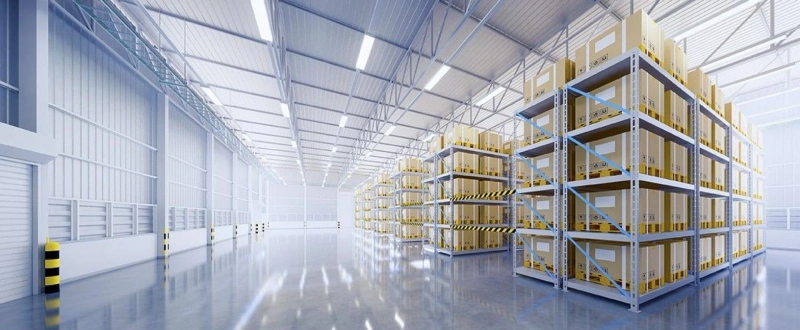In today's fast-paced logistics and supply chain environments, efficiency is everything. From order fulfillment to inventory management, having a well-organized and clearly defined layout can significantly impact a company's bottom line. One of the most effective tools for achieving operational excellence is warehouse mapping. This strategy involves creating a detailed layout of the warehouse to enhance navigation, optimize storage, and improve overall productivity.
What Is Warehouse Mapping?
Warehouse mapping is the process of visually representing the physical layout of a warehouse, including the location of shelves, aisles, equipment, storage zones, and workstations. It serves as a blueprint that guides the movement of people, products, and equipment within the facility.
By clearly mapping out the structure and function of each section, companies can streamline processes, reduce errors, and boost efficiency across operations. Whether you're setting up a new facility or looking to improve an existing one, warehouse mapping is a critical step toward better warehouse management.
Why Is Warehouse Mapping Important?
A disorganized warehouse leads to wasted time, misplaced inventory, and increased labor costs. Warehouse mapping addresses these issues by creating a structured system that improves visibility and accessibility. Key benefits include:
- Improved Inventory Accuracy: A well-mapped warehouse allows for better tracking of goods, reducing instances of misplaced or lost inventory.
- Faster Order Fulfillment: Clear pathways and designated storage zones minimize the time workers spend locating items.
- Optimized Storage Utilization: Mapping helps maximize vertical and horizontal space, allowing for smarter stock placement.
- Enhanced Safety: A logical layout reduces congestion and the risk of accidents by clearly defining walkways and storage areas.
- Increased Scalability: As operations grow, a mapped warehouse provides a scalable framework for expansion without disrupting workflow.
Key Components of Warehouse Mapping
To create an effective warehouse mapping strategy, consider including the following components:
- Storage Zones: Designate specific areas for different categories such as raw materials, finished goods, or temperature-sensitive products.
- Aisles and Pathways: Clearly mark travel routes for forklifts and pedestrian traffic to avoid bottlenecks.
- Receiving and Shipping Areas: Place these zones strategically near entry and exit points for quick turnaround.
- Picking and Packing Stations: These should be located for easy access to high-demand items.
- Safety Signage and Emergency Exits: Include in the map for compliance and operational safety.
Tools and Technologies for Warehouse Mapping
Thanks to advancements in technology, warehouse mapping has evolved from hand-drawn sketches to sophisticated digital tools. Today, companies use:
- Warehouse Management Systems (WMS): These systems often include mapping features that allow for real-time inventory tracking and space optimization.
- 3D Mapping Software: Offers a virtual representation of the warehouse, which is particularly useful for planning layouts and making modifications before physical implementation.
- Barcode and RFID Systems: Support mapping by associating specific locations with product IDs, enabling automated data collection.
- Drones and IoT Devices: These can be used for real-time mapping and inventory audits in large facilities.
Best Practices for Effective Warehouse Mapping
To maximize the benefits of warehouse mapping, follow these best practices:
- Conduct a Site Analysis: Understand the flow of goods, employee movement, and storage needs before creating your map.
- Use Standardized Labeling: Ensure each area and product location is consistently labeled to avoid confusion.
- Plan for Flexibility: Design the layout to accommodate seasonal fluctuations and future growth.
- Engage Staff in Planning: Involve warehouse employees in the mapping process—they know the day-to-day challenges best.
- Regularly Update the Map: Revisit and revise the layout as operations evolve or new equipment is added.
Conclusion
In an industry where every second counts, warehouse mapping offers a strategic advantage. By visualizing and organizing the space more effectively, businesses can improve accuracy, speed, and safety. Whether you're a small e-commerce business or a large-scale distributor, investing time and resources in proper warehouse mapping will pay dividends in efficiency and customer satisfaction.


